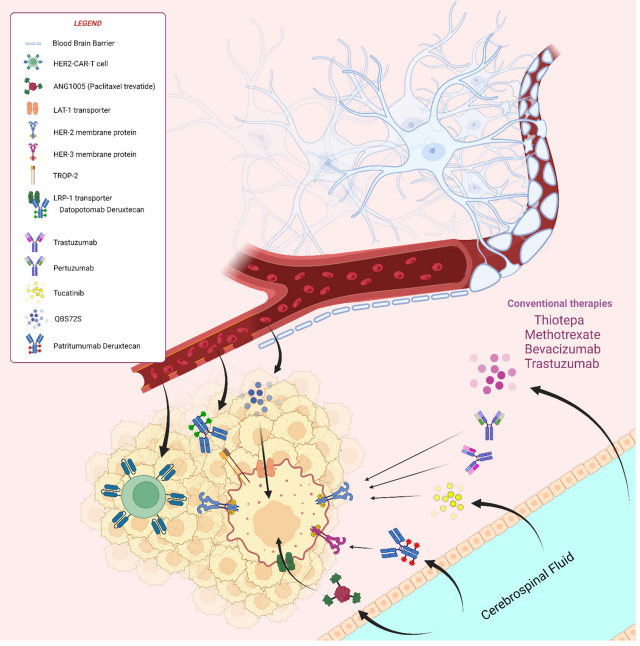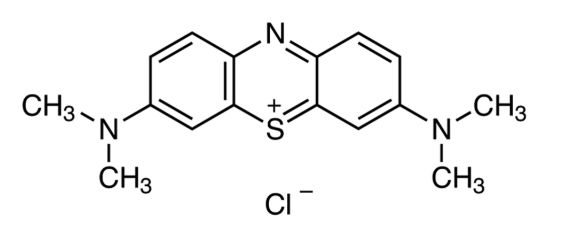Tadalafil and Estradiol Cypionate: as Sex Hormones How to Play a Role?
Abstract
Sex hormones, whose chemical nature is a tetracyclic aliphatic hydrocarbon compound, are synthesized in different directions through a series of complex enzymatic reactions with cholesterol as a precursor in the body. Under normal physiological conditions, the synthesis and secretion of human sex hormones are regulated by the ‘ hypothalamus-pituitary-gonadal axis ‘. According to the age characteristics and physiological stages of the body, it can not only maintain a certain dynamic balance but also show significant time specificity. It plays an important role in the growth and development, reproduction, material metabolism, and immune regulation of the body.
What is the classification of sex hormones?
Human sex hormones include androgens, estrogens, and progesterone. Androgen is mainly synthesized and secreted by male Leydig cells, while estrogen and progesterone are mainly synthesized and secreted by female ovaries. Whether male or female, the adrenal cortex can also be involved in the synthesis and secretion of small amounts of androgen.
Estrogen and estrogen receptor
Estrogen mainly includes estradiol (E2), estrone (E0), and estriol (E3), among which E2 has the highest activity. As a class of fat-soluble steroids, estrogen can easily enter the cytoplasm through the phospholipid bilayer of the cell membrane, form a hormone-receptor complex with the estrogen receptor (ER) by covalent bond, and then enter the nucleus to bind to the corresponding region of chromatin, activating the subsequent signaling pathway to exert physiological regulation.
ER is divided into two subtypes: ERα and ERβ. Under physiological conditions, ERα is mainly expressed in the pituitary, breast, uterus, vagina, liver, and kidney, while ERβ is mainly expressed in the ovary, thyroid, prostate, bladder, and skin. The distribution of the two receptor subtypes has certain tissue specificity and certain overlap. They are expressed in the ovary, uterus, breast, central nervous system, cardiovascular system, bone tissue, and immune system.
Brief introduction of estradiol cypionate
Estradiol cypionate is a sex hormone. There are two types of α and β, and α type has a strong physiological effect. Wendt Steiner et al. have extracted from pregnant mare’s urine. In addition, it can also be obtained from pregnant women ‘s urine, human placenta, pig ovary, etc. Male horses also exist in the testis or urine. Because it has a strong sex hormone effect, it is considered that it or its ester is the most important sex hormone secreted by the ovary.
As a long-acting estrogen, estradiol cypionate has the function of promoting the development of sexual organs, ovulation and secondary sexual characteristics. Its effect is stronger than estradiol valerate and lasts for more than 3~4 weeks. It can be used clinically for menstrual symptoms caused by insufficient estrogen secretion; prevention and treatment of menopausal syndrome; it is used to prevent the loss of bone mineral content in women at risk of fracture and palliative treatment of advanced prostate cancer. Estradiol Cypionate and medroxyprogesterone acetate constitute a compound contraceptive for injection, which can be used as a long-acting contraceptive needle only once a month, and has been approved by the FDA.
What are the preparations of estradiol cypionate?
Estradiol cypionate has different preparations and specifications. The administration methods, routes, absorption rates, and stability are different. Due to different production processes, the drug effects and adverse reactions of preparations from different manufacturers may be different. Before use, attention should be paid to the special patients who cannot be used: such as patients with active deep venous thrombosis and thromboembolic diseases; acute arterial thromboembolism (such as myocardial infarction, stroke), severe hypertriglyceridemia patients and pregnant women.
Androgen and androgen receptor
Androgens mainly include testosterone (TT), dihydrotestosterone (DHT), dehydroepiandrosterone (DHEA), androstenedione, and androsterone, among which DHT has the highest activity, followed by TT. In some tissues of the human body, TT can be converted to DHT under the action of 5α-reductase to play a physiological role. Similar to estrogen, androgen can also bind to the androgen receptor (AR) in the cytoplasm or nucleus to form a complex, and activate the subsequent signaling pathway through the androgen response element (ARE) to play a regulatory role. The difference is that AR can work alone through an androgen-independent pathway.
AR belongs to the nuclear receptor superfamily. In addition to the common full-length version of AR (AR-FL), there are also a series of alternative splicing variants of AR transcription, usually shorter, called AR variants (ARV). Under normal circumstances, AR mainly exists in male testicular tissue, epididymis, penis, prostate, and other reproductive and urinary systems, and plays an important role in male reproductive organ development, spermatogenesis and maturation, promotion and maintenance of secondary sexual characteristics and maintenance of male normal sexual function.
Introduction to Tadanafil
Tadalafil (TD), a second-generation phosphodiesterase-5 (PDE-5) inhibitor, is a novel prescription drug approved by the US Food and Drug Administration (FDA) for the treatment of male erectile dysfunction (ED). PDE-5 is an enzyme that specifically hydrolyzes cyclic guanosine monophosphate (cGMP). PDE-5 inhibitors can block the hydrolysis of cGMP into GMP, so that cGMP in the corpus cavernosum continues to accumulate, thereby promoting the smooth muscle relaxation of the corpus cavernosum and penile arteries, promoting penile erection, and achieving the effect of treating ED. Compared with sildenafil and vardenafil, tadalafil has a longer half-life and duration, better efficacy, and is not affected by high-fat foods.
Another feature of tadalafil is less affinity with PDE6, which is present in photoreceptor cells of the retina. The content of tadalafil in the sperm of healthy men was less than 0.0005%, the blood drug peak was reached at 1/2-6 h after administration, and the average terminal half-life was 17.5 h. Tadalafil is mainly metabolized into inactive glucuronide guaiacol by CYP3A4 in the liver, and most of it is excreted with feces.




